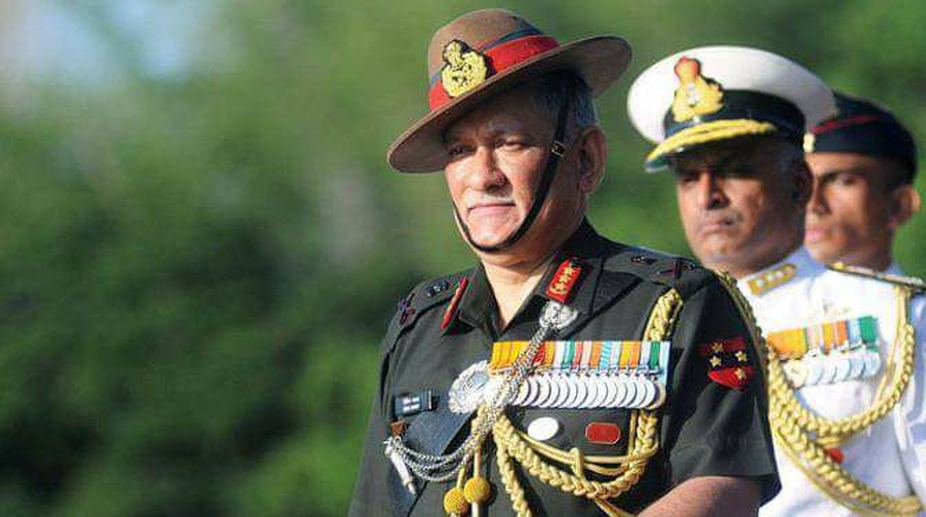Sana Mir and Usain Bolt named ambassadors of ICC T20 WC Qualifier 2024
Former Pakistan skipper Sana Mir and eight-time Olympic gold medallist Usain Bolt have been named as the ambassadors of women’s and men’s ICC T20 World Cup Qualifier 2024.

General Bipin Rawat
The Chief of the Army Staff got it right, at least partially so. While he did not offer details of his calculation that a “major part” of the defence outlay (Rs 29.5 lakh crore in 2018-19) went towards the creation of infrastructure, he was 100 per cent correct when asserting the principle that there could be no real development unless the nation was secure.
In the absence of assured security, there would be only limited investment, including FDI, in various sectors of the economy and public well-being.
Only the naïve believe that defence expenditure is unproductive, a canard that took root in the days of Plan and Non-plan allocations and created a misleading impression that what fell in the Non-plan category was a little short of wasteful expenditure ~ would money be invested in roads, bridges and railways if they were prone to attack?
Advertisement
Alas, budgetary details are skimpy, and military minds are blinkered: so the unanswered query is hypothetical ~ to what extent could the defence outlay be reduced, or re-channelled, if the security situation registered a substantial improvement?
The answer is likely to point to having to maintain a huge military and paramilitary presence along the western and north-northeastern fronts as the costly option ~ a peace dividend might provide, in a non-military sense of the term, a “bigger bang per buck”.
The point is sought to be made not as any kind of accusation or finger-pointing at the armed forces, rather to emphasise how they are paying the price, including with their lives, for the incompetence of other wings of government.
As one of Gen Bipin Rawat’s predecessors put it ~ and kicked up a storm for saying so ~ “good governance is now our business”.
There is a classical argument that high defence spending reflects failure(s) on the diplomatic front. And in that context it has to be asked to what extent have the country’s extensive land borders been mutually-acceptably demarcated?
The Jammu and Kashmir frontier is what Pakistan calls a “working boundary” (India prefers to dub it an international border) or the Line of Control. Large sections of northern Kashmir are “occupied”, some of that territory is under Chinese control as a result of its mischief with Pakistan.
And almost the entire length of the over 3,800 kms boundary, known as the Line of Actual Control, remains under dispute. Why just the borders, the long-raging insurgencies in the Kashmir Valley and vast parts of the Northeast are taking a huge toll ~ not just in terms of money.
It remains a moot point if all the sums spent managing the situations in the Valley and the Northeast have kept the situations under control: but things could deteriorate even further if the forces did not play their gallant part there.
And in the absence of political/diplomatic/socio-economic adroitness, exercising the costly option appears unavoidable: for several years ahead.
Advertisement